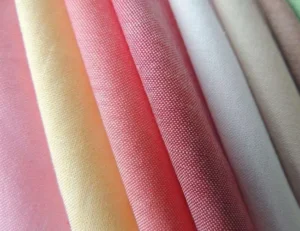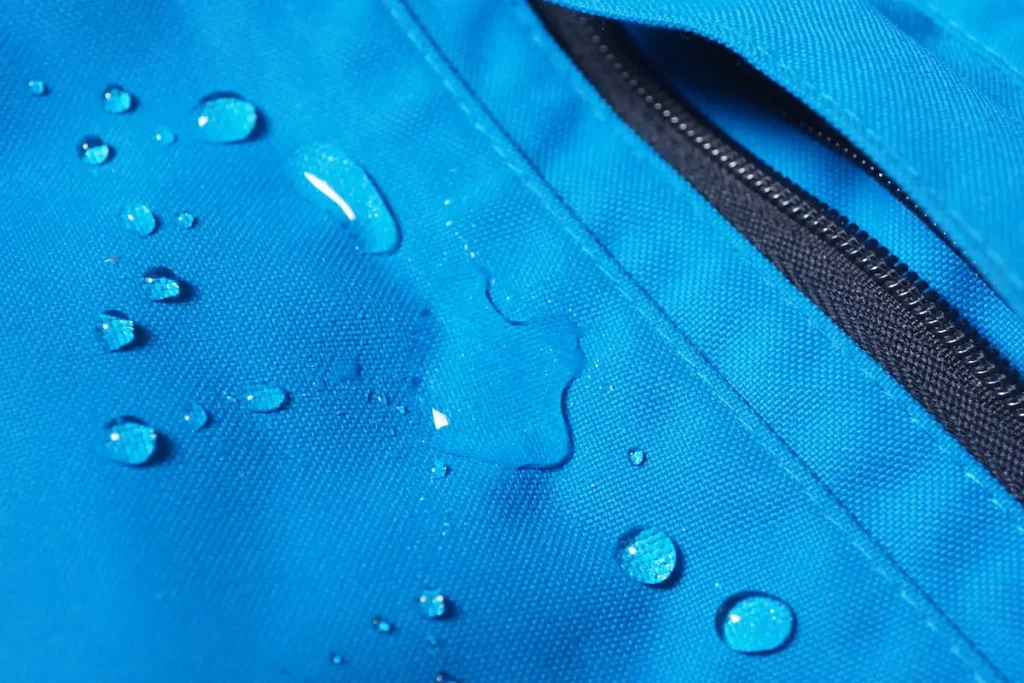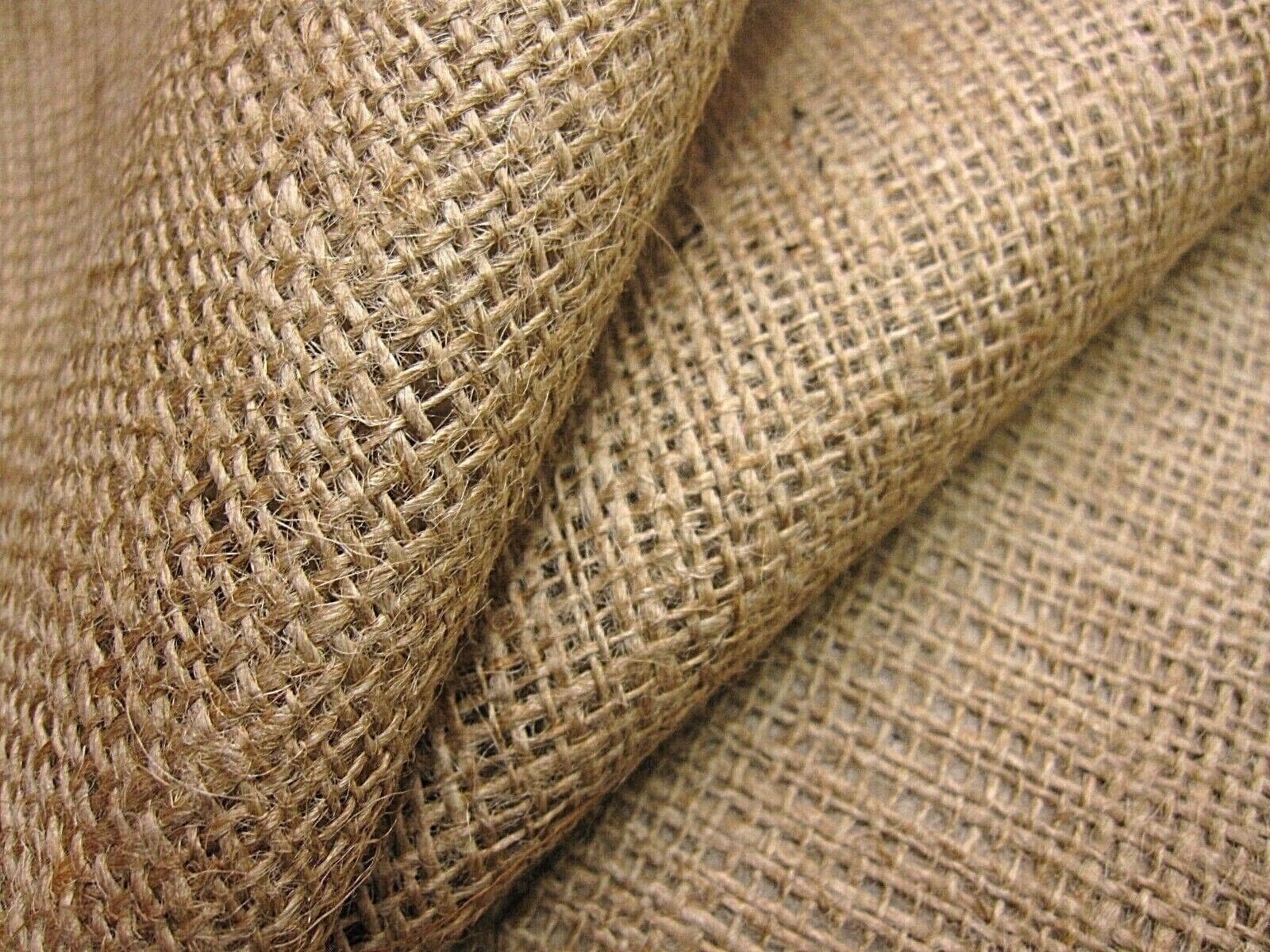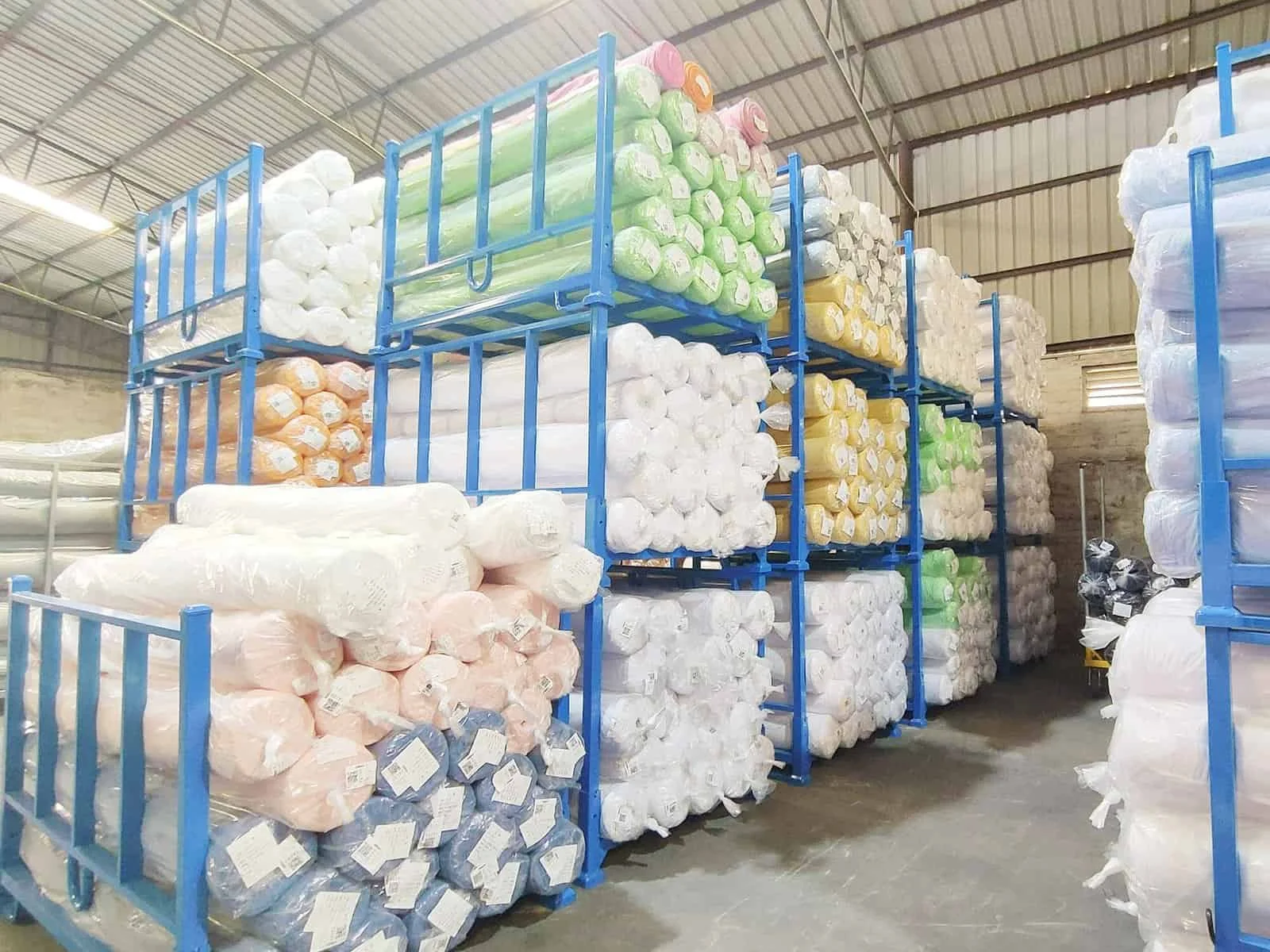Introduction: What Is Polyamide Fabric?
If you’ve ever looked at the label inside your clothes or bags, you’ve probably seen the word polyamide. But what is polyamide fabric, exactly? In simple terms, polyamide is a synthetic textile fiber, most commonly known as nylon. First created in the 1930s, it revolutionized the textile industry as a durable, stretchy, and versatile alternative to natural fibers like silk.
Today, polyamide fabrics are everywhere—from your sportswear and swimwear to travel bags, carpets, and even industrial gear. This article takes a deep dive into the history, features, pros and cons, and future of polyamide fabric.
The History and Development of Polyamide
Polyamide fabric was first invented by the American chemical company DuPont in the late 1930s. Known commercially as nylon, it was initially developed as a substitute for silk, which was expensive and hard to source.
During World War II, nylon quickly replaced silk in parachutes, ropes, and military gear. After the war, it entered the consumer market, becoming popular for stockings, lingerie, and eventually activewear.
Over the decades, polyamide evolved into one of the world’s most widely used synthetic fibers, valued for its strength and adaptability.
How Polyamide Fabric Is Made
Polyamide is created through a chemical process called polymerization. In most cases, a reaction between adipic acid and hexamethylene diamine produces long-chain molecules that form strong, flexible fibers.
These fibers are then spun into threads and woven or knitted into fabrics. Thanks to their molecular structure, polyamide fabrics are:
Highly elastic
Strong and durable
Resistant to wrinkles and shrinkage
This process allows manufacturers to create fabrics that are silky soft or extremely tough, depending on the intended use.
Key Properties of Polyamide Fabric
Polyamide is loved by designers, athletes, and manufacturers because it combines performance with versatility. Its standout properties include:
Lightweight but durable – doesn’t weigh down clothing or bags
Stretch and elasticity – conforms to the body, great for sportswear
Quick-drying – absorbs very little moisture
Resistant to wrinkles – maintains shape after washing
Colorfast – holds dyes strongly, rarely fades
Abrasion-resistant – withstands wear and friction

Advantages of Polyamide Fabric
Durability – Outlasts many natural fibers
Comfort – Soft to the touch, yet strong
Versatility – Can mimic silk, cotton, or wool depending on processing
Low maintenance – Easy to wash, resists shrinking
Stretch recovery – Holds its shape after multiple wears
These qualities explain why polyamide is the fabric of choice for sports, outdoor gear, and travel storage products.

Disadvantages of Polyamide Fabric
Despite its strengths, polyamide isn’t perfect.
Not very breathable – Traps heat compared to cotton
Static-prone – Attracts dust and lint
Environmental concerns – Petroleum-based and not biodegradable
Can pill over time – Especially in blends
Sensitive to heat – High dryer settings may damage fibers
Understanding these drawbacks helps consumers use polyamide in the right context.
Polyamide vs. Other Fabrics
Polyamide vs. Polyester
Polyamide is softer and stronger, while polyester is cheaper and dries even faster.Polyamide vs. Cotton
Cotton is breathable and natural; polyamide is longer-lasting and quicker to dry.Polyamide vs. Spandex
Spandex is stretchier but weaker; polyamide balances stretch and durability.Polyamide vs. Silk
Silk is luxurious but fragile; polyamide was originally designed as its affordable replacement.
Common Uses of Polyamide Fabric
Polyamide has become a staple in both fashion and industrial applications.
Clothing and Fashion
Activewear (leggings, cycling shorts, sports bras)
Swimwear and lingerie
Stockings and hosiery
Windbreakers and rain jackets
Home Textiles
Carpets and rugs
Upholstery and curtains
Bed sheets and pillow covers
Accessories
Backpacks and handbags
Travel bags and storage organizers (great for your product line)
Shoe storage and protective covers
Industrial Applications
Safety belts and parachutes
Fishing nets and ropes
Tire reinforcement

Environmental Impact and Sustainability
Polyamide’s biggest drawback is its environmental footprint. Being derived from petrochemicals, it’s not biodegradable. However, the industry is moving toward more sustainable solutions:
Recycled polyamide (Econyl): Made from discarded fishing nets and fabric scraps
Circular fashion models: Companies reclaim old garments and recycle fibers
Consumer awareness: Choosing recycled or eco-certified products reduces waste
This shift is crucial for reducing the textile industry’s environmental burden.
How to Care for Polyamide Fabric
Taking care of polyamide is simple if you follow a few guidelines:
Wash in cool to warm water – avoid very high heat
Air dry when possible – too much heat can damage fibers
Do not bleach – harsh chemicals weaken the structure
Iron on low setting only if needed – but most polyamide fabrics resist wrinkles
FAQ: What Is Polyamide Fabric?
Q: Is polyamide fabric breathable?
Not as much as cotton or linen, but blends can improve breathability.
Q: Does polyamide cause allergies?
Generally safe, though sensitive skin may react to poor-quality dyes.
Q: Is polyamide fabric waterproof?
Not completely, but it is water-resistant and quick-drying.
Q: How long does polyamide fabric last?
With proper care, garments and accessories can last many years.
Q: Can polyamide be recycled?
Yes, through processes like Econyl, which turns old fibers into new fabric.
Conclusion: Why Polyamide Fabric Still Matters
So, what is polyamide fabric? In short, it’s a versatile, durable, and adaptable synthetic fiber that has shaped the modern textile industry. From everyday clothing to industrial gear, polyamide continues to prove its value.
While environmental challenges remain, advances in recycling and sustainable production are making polyamide more eco-friendly than ever. For consumers, it remains an excellent choice when you need performance, comfort, and longevity.




